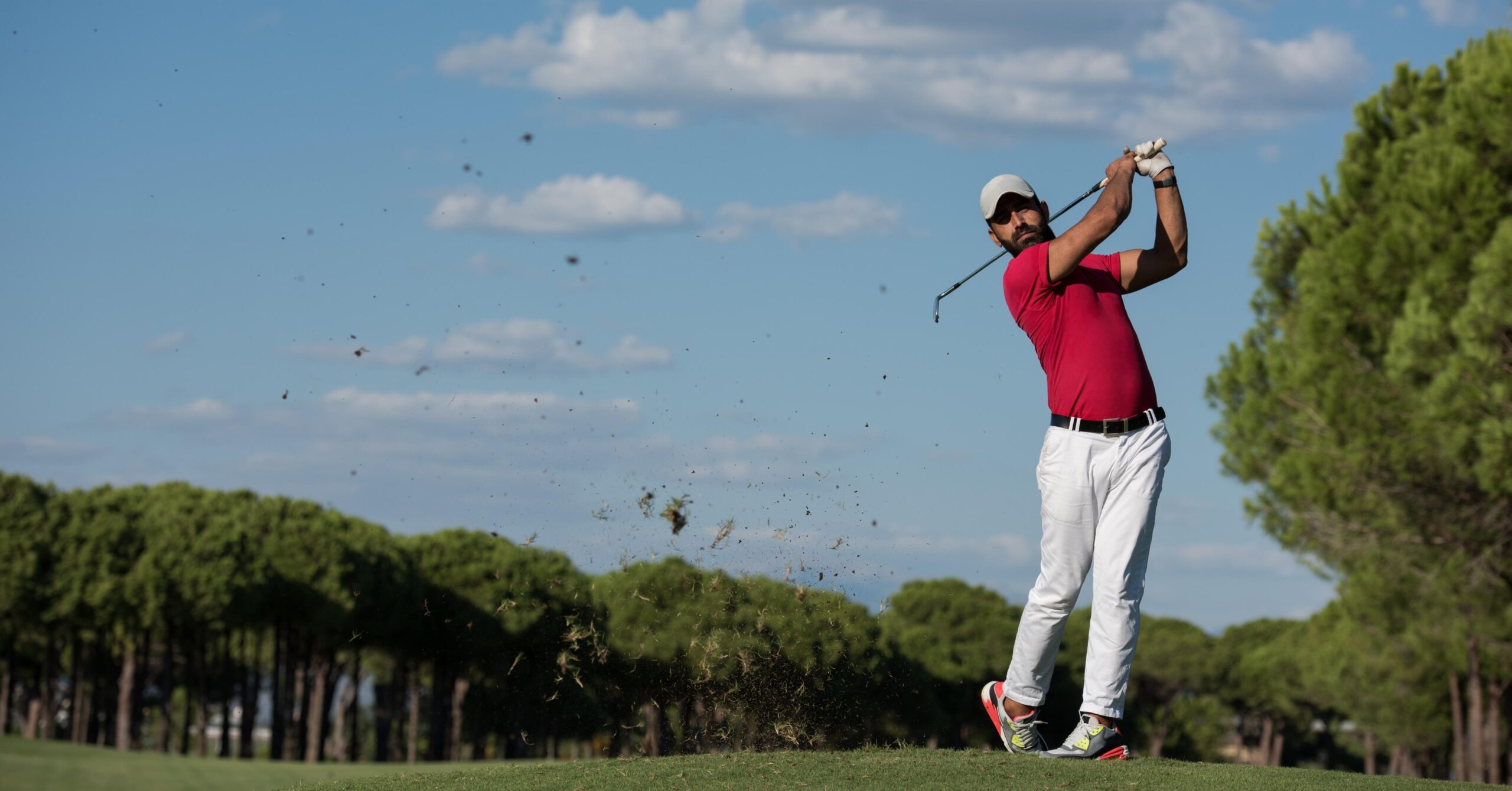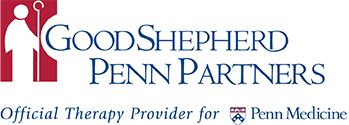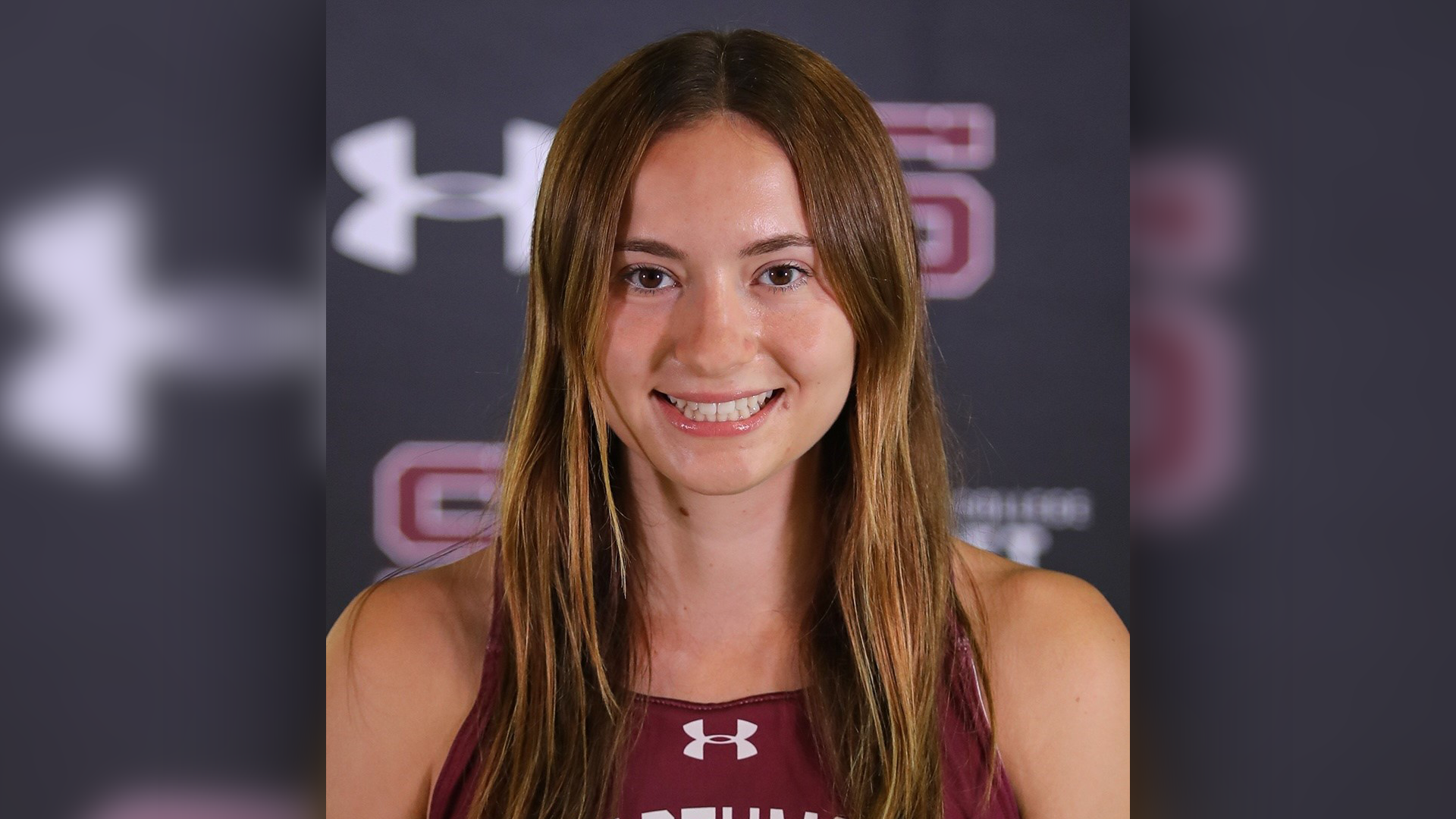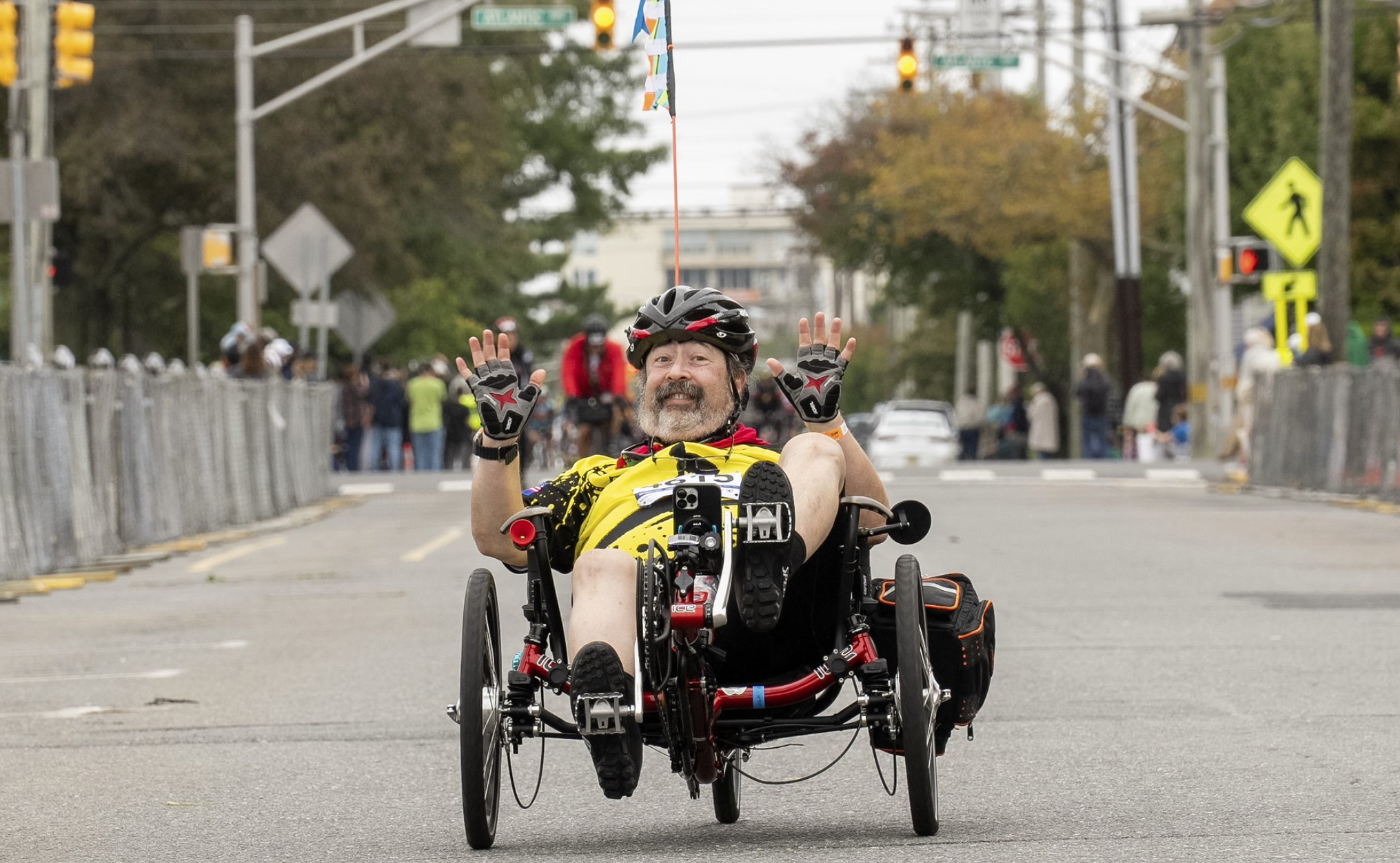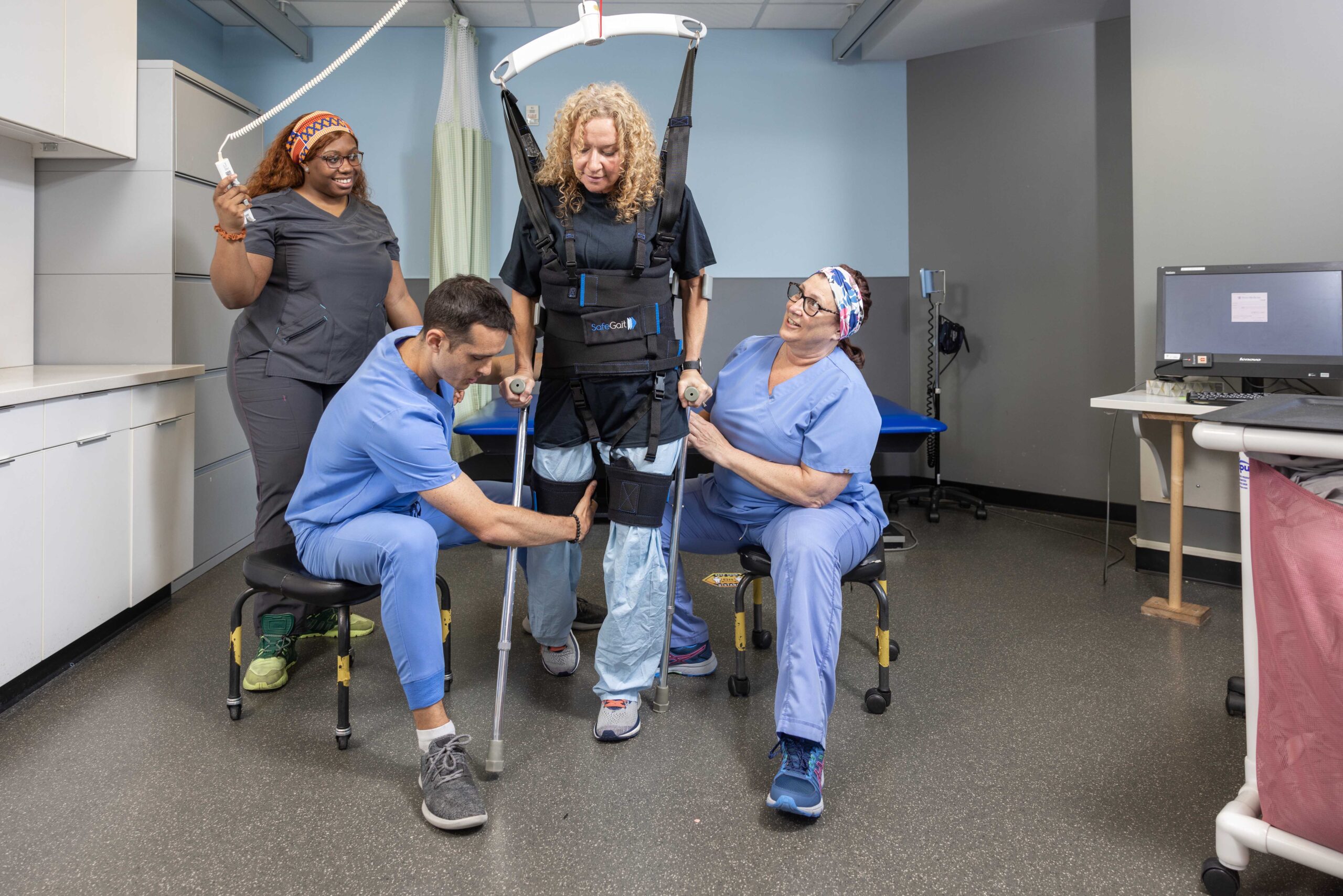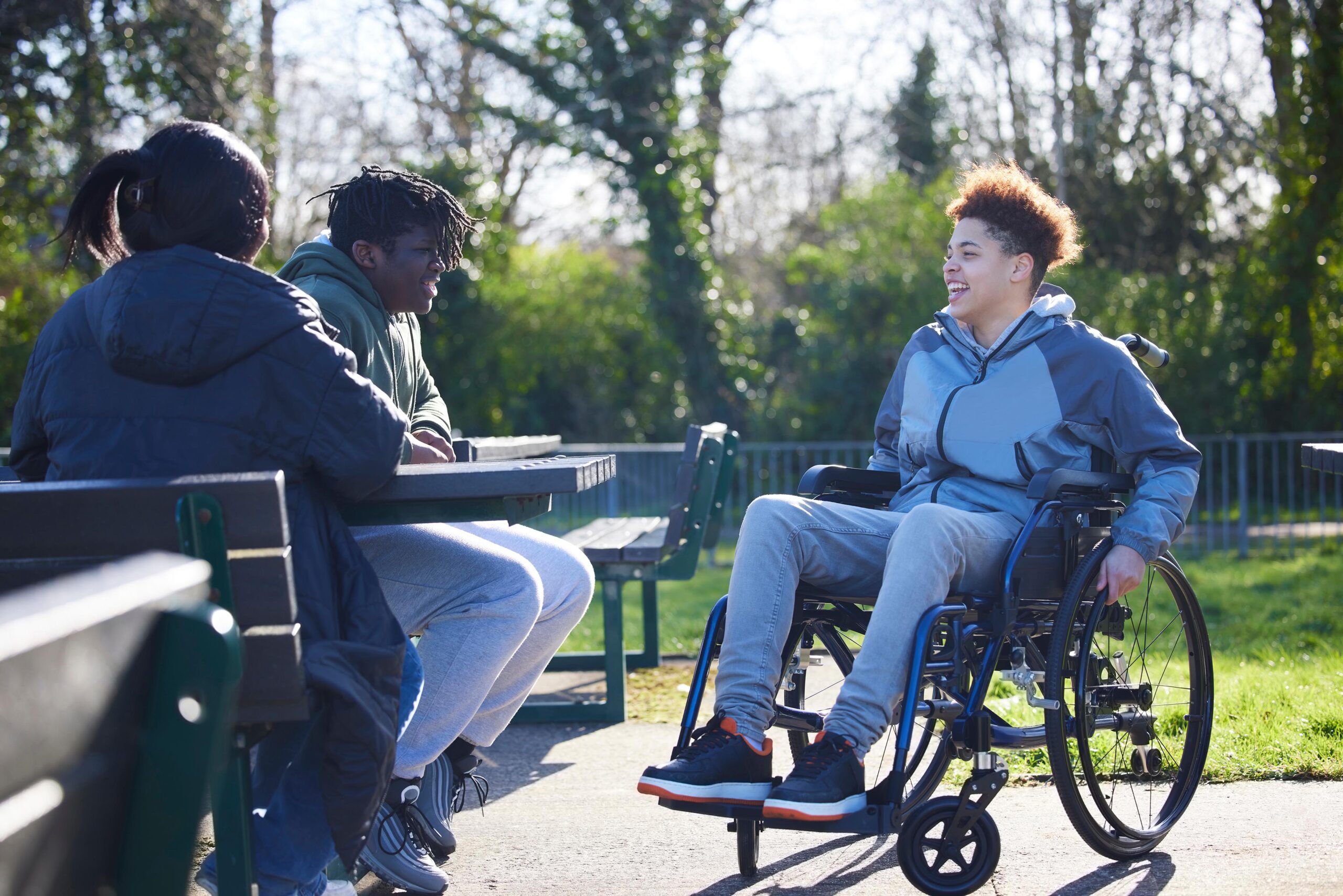
Your recovery from a spinal cord injury (SCI) is unique. That’s because each injury is different, based on the location and extent of damage to the spinal cord.
Most people with SCI experience changes to strength, sensation and automatic function below the injury site. It can also impact your physical, mental, emotional and social well-being. But despite these challenges, you can move forward with a fulfilling life and improved functionality with a personalized rehabilitation plan.
To unleash your full potential following an SCI, all aspects of your physical and emotional well-being must be considered. That’s why SCI rehabilitation with a specialized team is so important.
Complete and incomplete SCIs
There are two categories of SCIs: complete or incomplete, referring to the ability of the nerves to send messages between your brain and body below the level of your spinal injury.
- If you’ve lost all sensation and strength below the injury site, it is a complete SCI.
- If you have any sensation or motor function below the injury site, your SCI is incomplete.
Types of SCIs: Either can be complete or incomplete
Traumatic: These injuries occur from a physical trauma, for example, a blow to the spine or a gunshot injury.
Non-Traumatic. These injuries occur from non-traumatic causes, for example, a tumor, autoimmune disease and others. Their onset may be less obvious, with symptoms gradually worsening.
Symptoms of an SCI can vary tremendously and may include:
- Loss of movement, coordination, balance and/or strength
- Difficulty walking
- Loss or diminished sensation or hypersensitivity to touch, heat or cold
- Loss of bowel or bladder control
- Exaggerated reflexes
- Muscle spasms
- Pain, including numbness or intense stinging sensations
- Changes in sexual function or sensitivity
- Difficulty coughing, breathing or clearing secretions from your lungs
If you notice any of these symptoms, whether immediately or gradually, don’t wait to consult your physician for a diagnosis and proper medical treatment.
How are spinal cord injuries treated?
Regardless of the type of SCI, specialized medical treatment and rehabilitation can help.
After a SCI, you may benefit from specialized inpatient rehabilitation to support your medical, physical, neurological and psychological needs. While recovery is different for everyone, rehabilitation will help you improve overall well-being.
Rehabilitation will likely continue after discharge until you can safely and confidently manage your care at home. You may receive home care, including physical, occupational and/or speech therapy, or therapy may be scheduled at an outpatient location specializing in SCI.
Inpatient and outpatient SCI rehabilitation may include:
- Physical therapy: Improves muscle strength, range of motion, and improving mobility- whether walking or in a wheelchair
- Occupational therapy: Supports your ability to care for yourself, including adaptive dressing, bathing, eating, going to the bathroom and transferring. Focuses on strength, fine motor skills and assistive devices
- Recreational therapy: Includes adaptive sports, social activities and leisure pursuits
- Nutrition education: Helps you follow a healthy diet
Who will be on my SCI rehabilitation team?
Your Good Shepherd Penn Partners physiatrist (physical medicine and rehabilitation doctor) will design and manage your SCI rehabilitation program based on your injury and goals. In addition to your physiatrist, your team may include:
- Physical therapists (PT)
- Occupational therapists (OT)
- Speech & language therapists (SLP)
- Case managers
- Social workers
- Neuropsychologists
- Nurses with specialized training in treating spinal cord injuries
- Nutritionists
- Respiratory therapists (RT)
Your medical and rehabilitation team can guide you throughout your recovery journey, so do your best to keep any appointments with them.
For help with your SCI rehabilitation journey or for more information on treating spinal cord injuries, see the Good Shepherd Penn Partners spinal cord injury rehabilitation page or call 1.877.969.7342.
